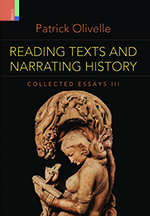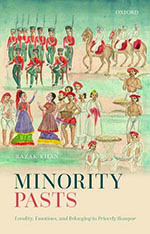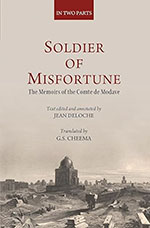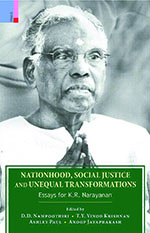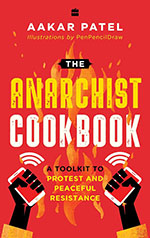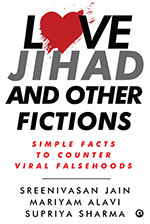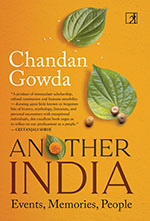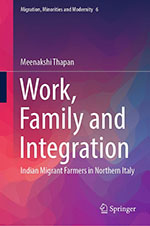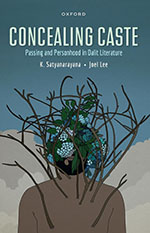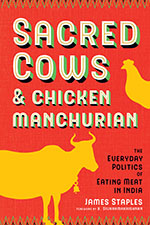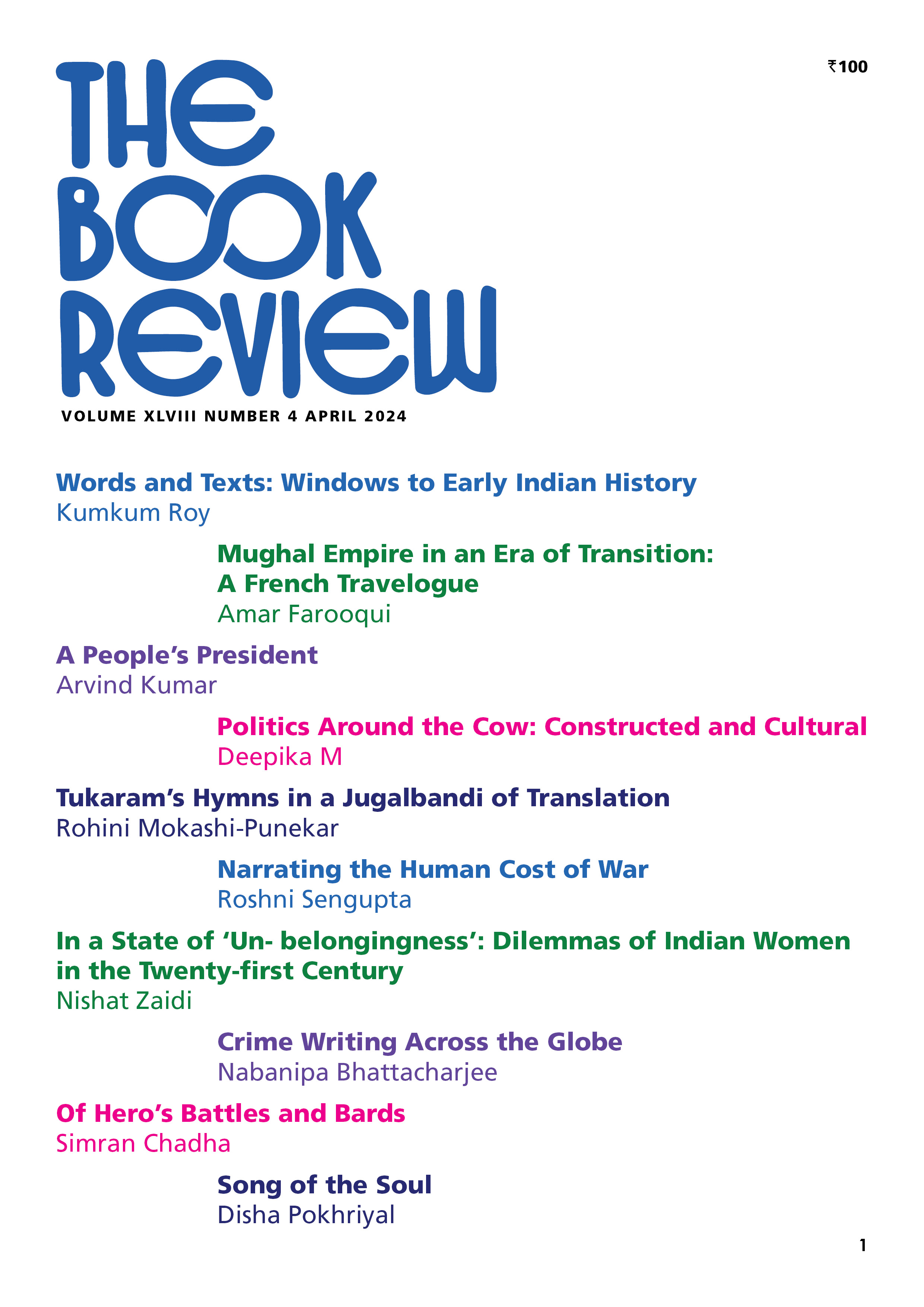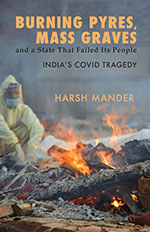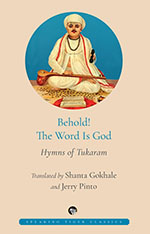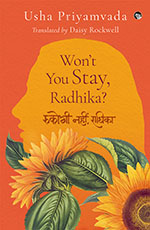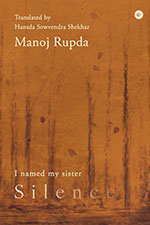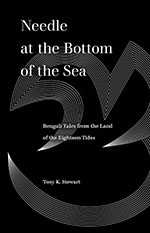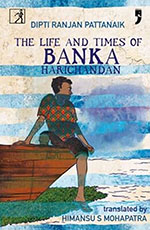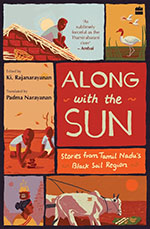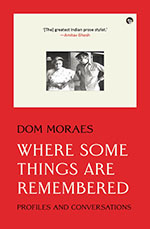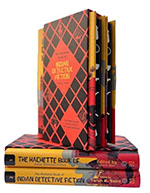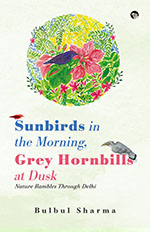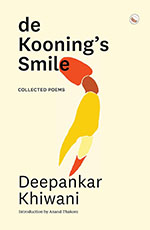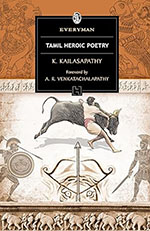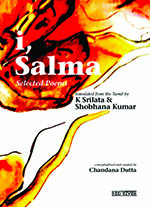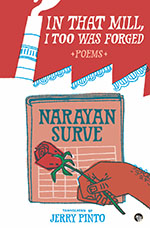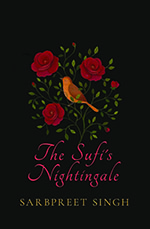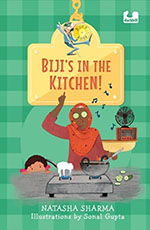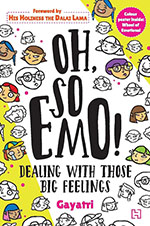Early Indian texts, especially those that are part of the vast corpus in Sanskrit, have acquired a sadly paradoxical status in recent years. On the one hand, many serious scholars tend to view them with suspicion, if not contempt.
Minority Pasts investigates local history and politics of Rampur, the last Muslim-ruled Princely State in colonial United Provinces, and studies with remarkable ease and competence aspects of political, economic, socio-cultural and affective history of Rampur and the Rampuris in the South Asian subcontinent across borders in the post-1857 period.
It is usually overlooked while talking about India of the latter half of the eighteenth century that the Mughal court continued to have some political relevance till at least the turn of the century.
This volume is a reflection upon the idea of a democratic, secular and inclusive India which KR Narayanan cherished. His rise as a Dalit boy from Travancore to India’s presidency embodied these values.
Divided into seven different sections that are modelled on a cookbook, Patel begins the first section by unpacking the nuts and bolts of the state, highlighting the remnants of the colonial past that continue to haunt the present. A major section of the book is about foregrounding the contradictions entailed in the Constitution and the actual workings in the everyday.
The book’s four chapters examine four widely held social media theories in detail. Terms such as ‘Love Jihad’, ‘Population Jihad’, ‘Forced Conversions’ and ‘Muslim Appeasement’ have made their way into our everyday conversations. This book forces us to look closely at these words that have infiltrated our quotidian conversations and pushes us into asking the right questions.
For the last decade or so, 21st century India has been a confusing place. We are bombarded with triumphant messages of India’s rise as an economic superpower while simultaneously feeling the crunch of rising costs and diminishing earning capacities.
At first glance, it appears that the Punjab-Emilia Romagna migration corridor is a win-win proposition for the Italian dairy owners in dire need for workers in a rapidly aging population and the relatively low-skilled Punjabi emigrants to meet their economic and aspirational goals since the once-prosperous agricultural sector of Punjab has stagnated.
The anthology Concealing Caste: Passing and Personhood in Dalit Literature with an extensive introduction by K Satyanarayana and Joel Lee is a treasure-trove of Dalit literature.
India is the land of paradoxes. As the British economist Joan Robinson famously quipped, ‘Whatever you can rightly say about India, the opposite is also true.’ This statement aptly captures the politics around the cow in India.
Harsh Mander, the author of this book, would be known to most readers of the The Book Review. He is a gadfly some might say, others might say the conscience of a nation that was India.
Translated together but individually by Shanta Gokhale and Jerry Pinto, this anthology of translations offers fifty-one of Tukaram’s abhangas with a playful open-endedness, giving its readers the option of seeing two different English versions of the same poem.
In the annals of literature, World War II continues to occupy a place of immense relevance—as one of the bloodiest periods in human history, which resulted in the genocide of millions.
Originally published as Rukogi Nahi, Radhika?in 1967, Usha Priyamvada’s slim novel is translated by the Booker Award-winning translator
Caught in an unfamiliar area, the elephant is attacked and killed by a pack of wild dogs. As the terror-stricken boy witnesses the silent death and devouring of the giant animal, something inside him also dies.
The stories of miracle-working Sufi saints (pirs) have circulated in the Bangla-speaking world for most of the past millennium. They are romances filled with wondrous marvels, where tigers talk, rocks float and waters part, and faeries carry a sleeping Sufi holy man into the bedroom of a Hindu princess with whom the god of fate, Bidhata, has ordained his marriage.
A series of standalone stories featuring a precocious young boy from provincial Odisha, Pattanaik’s The Life and Times of Banka Harichandan delicately maps the contours of growing up. The bookis not children’s literature per se.
The book opens with the title story ‘Along with the Sun’ by SA Tamilselvan, the sad-yet-sweet story of Mari who dreams of marrying her uncle according to the custom of her caste.
Dom Moraes’ book, Where Some Things are Remembered, combines a reporter’s inner voice and a whole literary arsenal of epithets
The genre of crime writing, as readers are well aware, is a diverse one. The very fact of variety of (sub-)genres—in terms of, for instance, contexts, types/categories, sources and modes of investigation—makes crime writing a complex but highly exciting and vibrant literary field.
Every once in a while, a book comes along that challenges us to rethink our reading affiliations and affections and realign them to reflect the Protean hues of the real and imaginary worlds we inhabit. This delightful offering from Hachette
Here is a fascinating book on birds, trees and nature, written and illustrated by Bulbul Sharma, a well-known birdwatcher, illustrator and writer. She divides her book into the magic of four very distinct seasons of Delhi—Winter, Spring, Summer and Monsoon.
In the realm of contemporary English poetry, a discernible renaissance is unfolding, evident in the diverse voices and thematic textures woven into the fabric of six noteworthy collections published in 2023. As we traverse these poetic landscapes
2023
While most bardic poetry, K Kailasapathy’s preferred adage over court poetry, had its origins in traditions of oral storytelling, the corpus of Tamil Heroic Poetry, most of which is garnered from the extant works of the Sangam Age (the modern-day term for this body of literature)
Sometimes, we come across a voice that points out the obesity of our market-driven urges. That voice may call out across the street, on a public platform or through a book of poems and shake one out of the complacency of armchair righteousness.
The Sufi’s Nightingale by Sarbpreet Singh is beyond the mere retelling of the blessed bond between Shah Hussain and Madho Lal. It is a journey into the nooks and nuances of a sublime relationship between the murshid-mureed, as the re-defining of loss, longing and love in 16th century Lahore.
There is an early warning shouted out by Bhaiya: ‘Biji’s in the kitchen!’ While this warning is duly registered by Mama and Papa, Papa’s eyes turning ‘big and round as plates’, it is the protagonist, the granddaughter, who knows just what this means.
Editorial
Despite its elementary level, this book satisfies a fundamental need of us emotion-feeling humans—the thirst to comprehend ourselves and our inner experiences. Oh, So Emo!delivers on this need with its engaging narrative and practical tools for emotional awareness.

